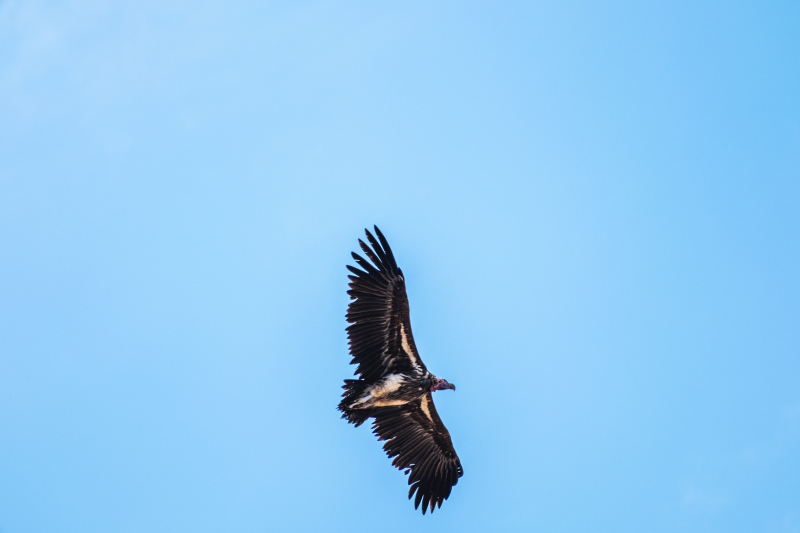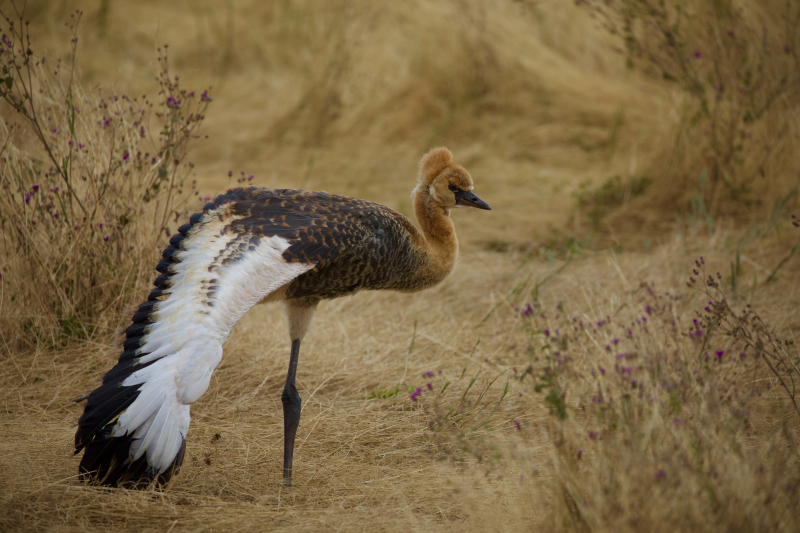Ngorongoro Crater
One of the reasons tourists visit the Ngorongoro Conservation Area is to see the Ngorongoro Crater Birds. Bird watching in Ngorongoro Crater is the most well-planned safari activity so that visitors have the best safari experience and bird lovers have the most interesting safari experience. It is reported that the crater has more than 500 resident bird species roaming the conservation area that travelers can see while on the number of activities in Ngorongoro Crater Tanzania. These species of birds can be easily seen not only in the highlights but also enjoy the crater floor and the area of the Ngorongoro Conservation Area. This is extremely interesting.
Transient species visit the Ngorongoro Conservation Area every year, in addition to the resident birds of the Ngorongoro Crater. Transitory birds travel as far as they can from Europe and Asia during the long stretches of September to April, which are considered the best months for birding safaris in Tanzania. The Ngorongoro Crater is home to a variety of migratory birds, including the Lesser Kestrel, European Swallow, European Bee-eater, Northern Wheatear, Palled Harrier, Caspian Lapwing, Montagu's Harrier, and European Roller. The Ngorongoro Conservation Area is a birder's paradise, with over 500 different species to see on Tanzania birding safaris. There are more than 30,000 animals in this relatively small area and it almost feels unreal – like a natural zoo – although all of the animals are free to go and come as they want. However, they stay in the crater because it has everything they need: water and an endless supply of food.
Location: Tanzania

















